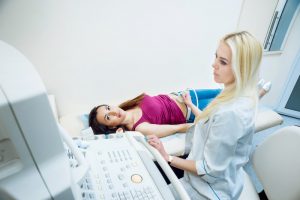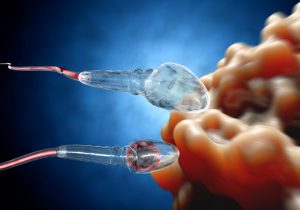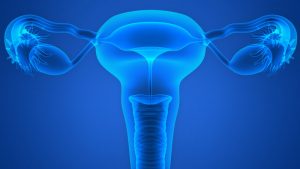In Vitro Fertilization
Laparoscopy
Laparoscopy
Laparoscopy is known as a type of surgery that makes use of a thin and lighted tube that is set through an incision in an individuals belly; this is done so doctors can easily look and examine the abdominal organs and even the womans pelvic organs. Moreover, this procedure is used to determine problems like adhesions, cysts, infections, and fibroids; plus, tissue samples can also be taken and used for biopsy via the laparoscope.
In a lot of instances, laparoscopy can be utilized instead of laparotomy a surgery that creates a larger incision in a persons belly; laparoscopy is a procedure that can be less stressful while also having fewer problems, issues, as well as lower costs compared to laparotomy for minor operations or surgeries. Since laparoscopy is not considered as a major operation, it can be done without having the patient stay overnight in the hospital.
Why is Laparoscopy Done?
Laparoscopy is necessary for a variety of reasons and here are a few reasons why this procedure is done:
Laparoscopy is done to check and possibly remove the abnormal growth in the pelvis or belly; these abnormal growths may be tumors, etc.
It is used to check and treat various conditions such as ectopic pregnancy, endometriosis, and even PID or Pelvic Inflammatory Diseases.
This is utilized to detect conditions that make it difficult for women to become pregnant and these conditions usually include adhesions, cysts, infections, and fibroids. Also, laparoscopy can be utilized right after initial infertility tests are done but still do not show the causes of the individuals infertility.
For biopsy or a tubal ligation.
A laparoscopy is necessary to examine whether cancer located in another area of the body has spread out to the persons belly.
To see whether there are damages in the spleen and other internal organs right after an accident or injury.
The procedure can also be used to fix an inguinal or a hiatal hernia.
Help find the root of an ongoing or sudden pelvic pain.
To remove organs like the spleen, uterus, ovaries, the gallbladder (laparoscopic cholecystectomy), or the appendix (appendectomy; with the help of laparoscopy, a resection or partial removal of the colon can also be achieved.
How to Prepare for Laparoscopy
Before you begin with the procedure, it is necessary that you meet with your surgeon to answer all the questions that you may have regarding the process. The surgeon will also ask a variety of questions that relate to your health history before letting you go through a general physical examination to ensure that it is safe for you to undergo the procedure. Furthermore, your intestine will need to be cleaned which is why a prescription for a laxative is vital; this medication is necessary to take the evening before the actual surgery.
All patients will be asked to give a blood sample but depending on your general health and age, you may also be requested to have an electrocardiogram or ECG, lung function tests, chest X-ray, as well as other necessary tests. There are also instances when you will need to see another doctor before the actual surgery.
Once all of the requirements have been met, you will finally get to meet with the anesthesiologist, who will give you details on the kinds of anesthesia or pain medications that will be utilized for the surgery; he or she will also give you adequate information regarding pain control right after the operation. During the night before the operation, you will need to take the prescribed medication (laxative) to decrease any chances of you developing an infection due to bacteria that is commonly present in ones intestine. Also, you will not be allowed to drink or eat anything by mouth right after midnight, the evening before laparoscopy.
How is the Procedure Performed
There will be three or more small incisions, about five to ten millimeters, created in the abdomen which will allow access ports; the surgical instruments and the laparoscope will then be inserted gently into these ports. Your surgeon will then utilize the laparoscope that shows a picture of the abdomen and the organs; this will help the surgeon perform the operation properly and smoothly.
Recovery after Laparoscopy
After the surgery, you will be required to gradually increase your activities; walking will be one of the best exercises since it will help recover your stamina while simultaneously strengthening your muscles. It also keeps your blood circulating adequately to avoid occurrences of blood clots while also keeping your lungs clear. You should also take stool softeners to avoid constipation since the medicines usually cause constipation.
Empower Fertility

Support for Couples Through Fertility Treatment

How to Choose the Best Fertility Doctor

How to Deal with Stress during Treatment

How to Boost Your Self-esteem During Treatment

How to Experience Happiness and Calm During Pregnancy

How to Nurture your Relationship During Fertility Treatment

Methods of Coping During Fertility Treatment



























